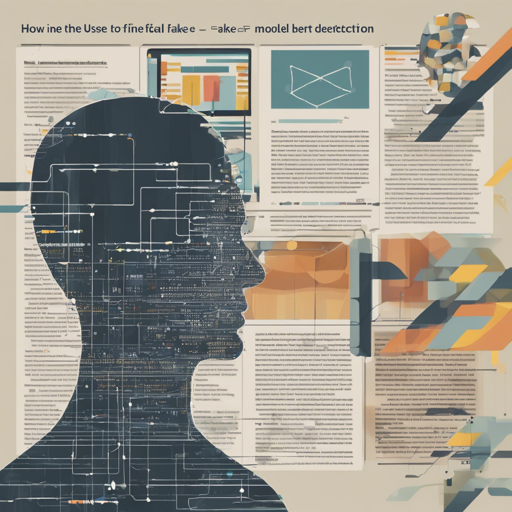In an era where information can be easily manipulated, detecting real news from fake news has become a significant challenge. Utilizing advanced NLP models such as a fine-tuned BERT can help tackle this problem effectively. In this article, you will learn how to use a specific BERT model designed for fake news detection, based on the impressive results achieved from a dataset available on Kaggle.
Understanding the Model Performance
This model has been fine-tuned from bert-base-uncased on the Fake News Dataset and achieves remarkable evaluation results:
- Accuracy: 0.995
- Precision: 0.995
- Recall: 0.995
- F_score: 0.995
With two labels—Fake news: 0 and Real news: 1—this model aims to discern the truth behind any news article with high reliability.
Using This Model in Your Code
To harness the capabilities of this model, you’ll need to follow a few steps to implement it within your Python code. Here’s a simple breakdown:
- Download the Model: Start by downloading the model from the Hugging Face website using the following command:
- Set Up Your Environment: Import the necessary libraries, including transformers. Below is the code to help you establish this:
- Class Definition: Create a class to represent the architecture of the model:
- Forward Function: Define a forward function to process input data:
- Tokenize and Initialize the Model: Finally, set up the tokenizer and create an instance of the model:
pythonimport transformers
from transformers import AutoTokenizerclass Fake_Real_Model_Arch_test(transformers.PreTrainedModel):
def __init__(self, bert):
super(Fake_Real_Model_Arch_test, self).__init__(config=AutoConfig.from_pretrained(MODEL_NAME))
self.bert = bert
num_classes = 2 # number of targets to predict
embedding_dim = 768 # length of embedding dim
self.fc1 = nn.Linear(embedding_dim, num_classes)
self.softmax = nn.Softmax()
def forward(self, text_id, text_mask):
outputs = self.bert(text_id, attention_mask=text_mask)
outputs = outputs[1] # get hidden layers
logit = self.fc1(outputs)
return self.softmax(logit)tokenizer = AutoTokenizer.from_pretrained('bert-base-uncased')
model = Fake_Real_Model_Arch_test(AutoModel.from_pretrained('rematchkaBert_fake_news_detection'))Analogies to Demystify the Code
Imagine you’re a chef preparing a new exquisite dish using a sophisticated mixer (BERT). The mixer has various functionalities but needs the right ingredients to create the best recipe (latest news). Here’s how the code relates to this analogy:
- The class is like the recipe card that tells you how to use the mixer effectively.
- The __init__ method is like gathering your ingredients and tools—defining what your mixer can do and what inputs it will take (embedding dimension, number of classes).
- The forward method represents the mixing process where you add ingredients (input data) and the mixer processes them to give you the final dish (model output).
Troubleshooting
If you encounter issues while implementing the above steps, here are some common problems and their solutions:
- Problem: Errors related to missing packages or modules.
- Solution: Ensure you have installed all required packages, especially ‘transformers’ and associated dependencies. You can do this using
pip install transformers. - Problem: Network connection issues while downloading the model.
- Solution: Verify your internet connection or consider downloading the model files beforehand and loading them locally.
- Problem: Errors related to empty inputs or incompatible data types.
- Solution: Ensure your input data is properly pre-processed and formatted to the expected shape.
For more insights, updates, or to collaborate on AI development projects, stay connected with fxis.ai.
Conclusion
Using the fine-tuned BERT model for fake news detection is a powerful way to leverage current AI technology for meaningful applications. At fxis.ai, we believe that such advancements are crucial for the future of AI, as they enable more comprehensive and effective solutions. Our team is continually exploring new methodologies to push the envelope in artificial intelligence, ensuring that our clients benefit from the latest technological innovations.

